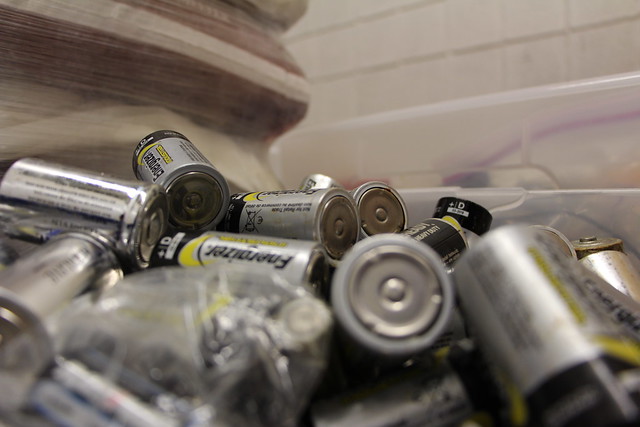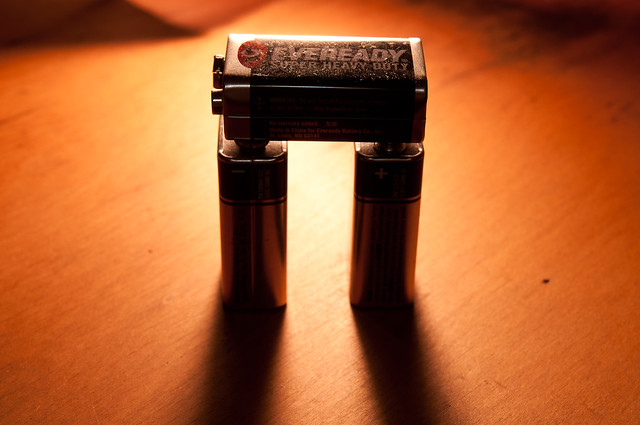Lithium-ion Battery Anode and Cathode Explanation
Dec 11, 2019 Pageview:3031
Lithium-ion batteries, LIBs, are ubiquitous in modern-day technology. Most of us, if not all of us, carry around our phones and laptops, which use LIBs. As the world shifts more toward green energy, the production of batteries is bound to increase. Since LIB technology is seen as superior battery chemistry, its demand has elevated the manufacture of user devices, including E-bikes and EVs.
There have been several developments in Lithium-ion technology. Each release comes with better capacity, longer life span as well as safety features, with the main differences found in the cathode chemistries.
There are other features as well that make LIBs appear to be in many varieties. Such properties include improved features and the trade-off between price, efficiency, and safe use.
Generally, lithium-ion batteries have become an absolute friend for technology devices enthusiasts. If you have a Smartphone, a laptop, or any other device containing a rechargeable battery, you probably have a LIB with you.
The global power demand has been on the increase over the past few decades. With NiCad or Nickel hybrid batteries, one can have less than an hour of power. With the efficiency of lithium-ion batteries; however, you can chat with your loved ones via different media, watch videos, and do other things for hours.
But what is the mystery behind LIBs? What makes them stand out from other chemistries? The answer lies in their energy density, which is more than double that of NiCad batteries. So now, we can take you further to gain a proper understanding of the LIB chemistry. Continue reading.
What are the materials used for lithium-ion battery anode and cathode?
Four main components make up LIBs: the cathode, anode, electrolyte and the separator. In this part, we will focus on the anode (negative electrode) and the cathode ( positive electrode).
The cathode
This component determines the capacity and voltage of the battery. As you may already know, electricity in Li-ion batteries is generated through the reaction of different chemicals. For this reason, lithium is inserted in the battery as the cathode. In other words, the batteries are named lithium because of the main component, which is lithium metal.
However, lithium on its own is an unstable element. It is therefore combined with lithium oxide to make the cathode.
There is also another material termed as “active material,” which facilitated electrode reaction in battery. In a nutshell, lithium oxide takes the place of the active substance in lithium-ion batteries.
Inside the cathode, there is also a thin aluminum foil. It is used as a holder for the frame of the cathode, and it has a coating of a compound mixture of active material, conductive additive and binder.
In the active material is lithium ion, whose conductivity is enhanced, adding the additive agent. The binder is an adhesive that enables the other elements to settle. Here are the materials each component is made with.
The cathode binders: Materials may include Styrene Butadiene Copolymer and Polyvinylidene.
Aluminum foils: RA-type rolled foil from wrought Cu is used in high-density and high power applications. The foils serve as current collectors for secondary batteries.
Cathode Active Materials: These are the main elements that define the differences in composition, facilitating the creation of positive electrodes for the cells. The primary materials are a combination of cobalt, nickel, and manganese. They form a crystal structure that accommodates lithium.
The anode
This is the component that sends electrons through a wire. Their substrate is also coated with an active material like the case of cathode discussed above.??
The role of the anode is conductivity. It allows the electric current to flow inside the external circuit, at the same time enabling reversible absorption and emission of lithium ions that come from the positive electrode.
During charging, the positive ions are stored in the anode, before transferring to the cathode during discharge. The connecting wire joins the cathode and the anode allowing a natural flow of the lithium ions to the cathode. The electrons move separately along the fence, generating power.
The anode is comprised of graphite in a stable structure, whereas the substrate is coated with the active material, conductive additive, and a binder. The anode materials are quite simple.
What are the differences between lithium-ion battery anode and cathode maintenance?
As much as lithium-ion batteries are powerful, they are easily affected by different external factors. The cathode and anode materials both have mixed reactions to external issues.
For instance, one of the most significant issues is a thermal runaway, which involved rapid self-heating of the batteries. The primary cause of such a state could be internal and external shorting of the cell or overcharge.
The cathode may seem like the main component of LIBs, making them a primary focus. A leading cause of internal shorting may involve internal parts mixing. And this is why there is a separator to ensure such things never happen.
The cathode carry + ions during discharge while the anode carries the electrons. The anode is an electrical conductor, which means it has to be well insulated. The aluminum foil is used to keep the parts separated.
The cathode is very delicate. External issues like poor handling can cause a rupture in the separator, causing adverse reactions that kill the batteries. Proper care is there expected for both materials.
What are the chemical characteristics of lithium-ion battery anode and cathode?
Lithium ions (Li+) take part in the reactions that make the batteries what they are. The materials in both the anode and the cathode can absorb lithium ions. In other words, they can hold the charged ions. These ions, in the LIBs, are tied on an electron inside the anode structure.
During charge, the lithium ions are released from the anode, travel through an electrolyte solution to be absorbed in the cathode. In essence, the life of a LIB begins with a full charge. As you start charging it, there is an oxidation process in the cathode, making it loose some negatively charged electrons. But the equation is balanced with an equal number of ions dissolving in the electrolyte. They travel within the anode, where they are absorbed in the anode.
During discharge, on the other hand, the lithium ions are released from the anode to travel back to the cathode. Any electrons that were tied to the anode are also released. They flow through a wire, creating an electric current.
The reaction stops at full charge. Then start again at discharge, making an entire cycle.
- Prev Article: Build Your Own LiPo Battery Pack Method
- Next Article: Magnets and Lithium-ion Batteries Attention
Leave Message
Hottest Categories
-
Hottest Industry News
-
Latest Industry News












